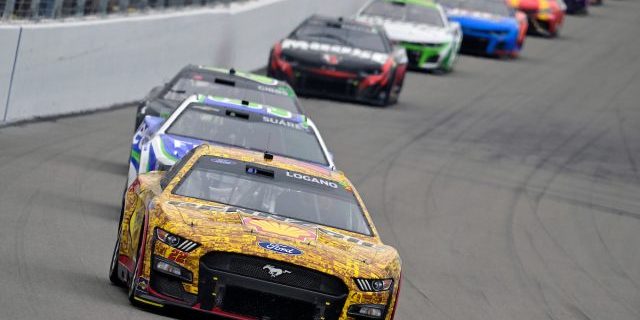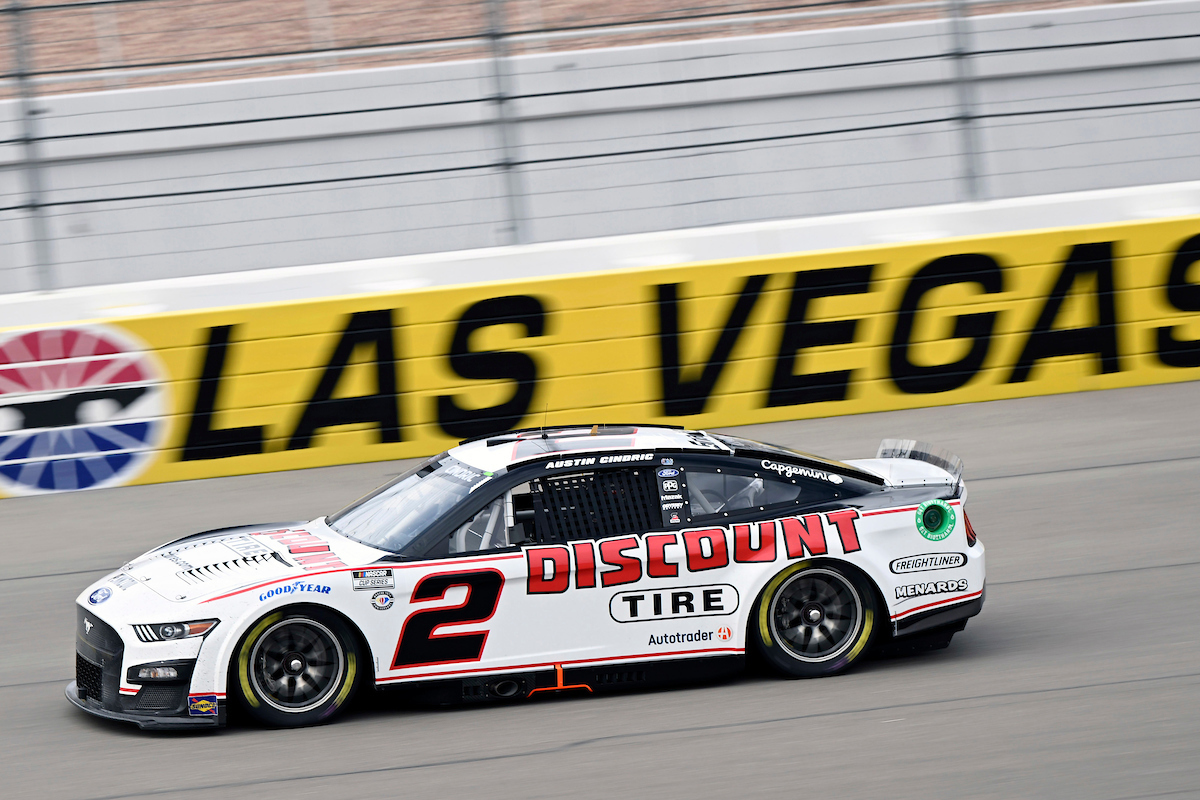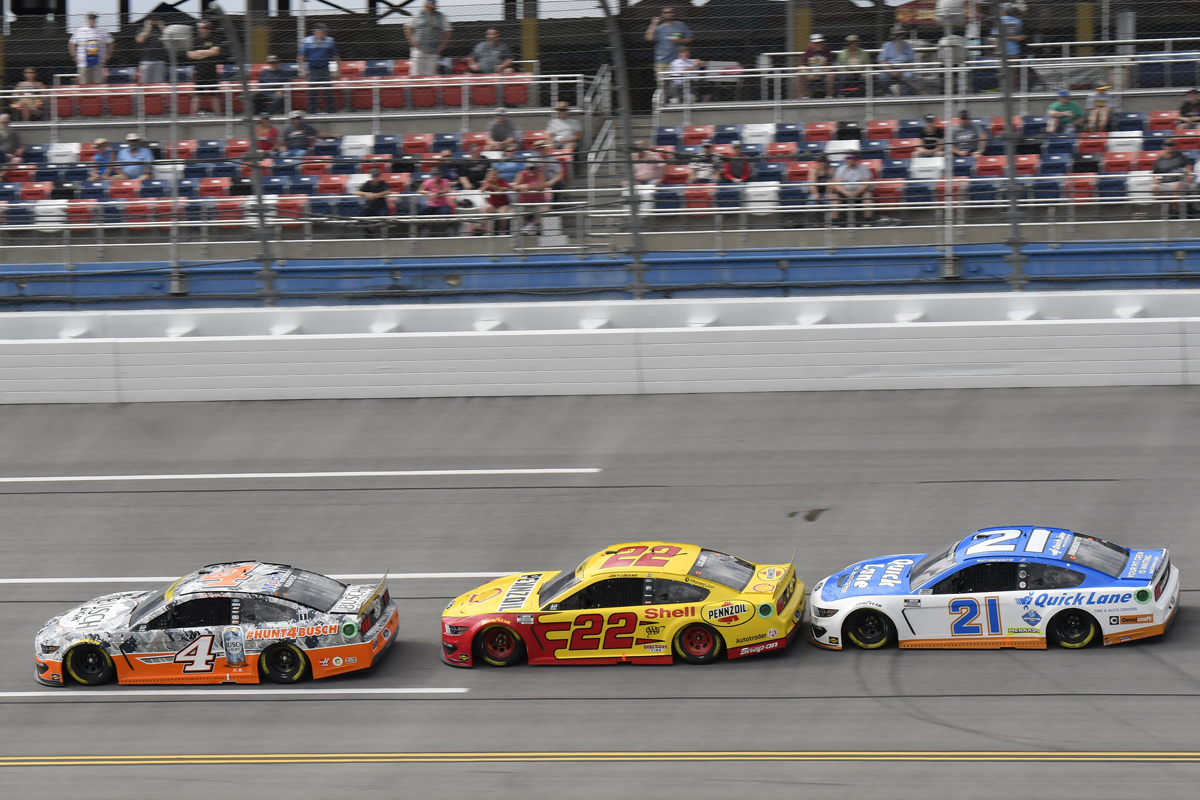How fast does the average NASCAR car go?


You’ve probably found yourself sitting on the edge of your seat, watching a NASCAR race, wondering just how fast these cars can go. How do these machines reach such exhilarating speeds, and what limits their performance on the track?
The average NASCAR car can reach speeds up to 200 mph, depending on various factors like the track type, car setup, and weather conditions.
In this article, we will delve into the technicalities behind the impressive speeds of NASCAR vehicles. From track types to car mechanics and even the skills required from the drivers, we’ve got it all covered.
Table of Contents
A Detailed Explanation of NASCAR Speeds
The Influence of Track Type
The type of track plays a crucial role in determining how fast a NASCAR car can go. There are different types of tracks like superspeedways, short tracks, and road courses. On superspeedways like Daytona and Talladega, cars can reach up to 200 mph due to the long straightaways and high-banking turns. On short tracks and road courses, however, speeds are typically much lower due to the tighter turns and shorter straights.
Car Configuration
NASCAR vehicles are specially configured for speed, but also for control and safety. The aerodynamics, engine tuning, and tire choices all contribute to how fast a car can go. Specialized engines can produce upwards of 850 horsepower, pushing the car to its speed limits. Tire compounds are chosen based on track conditions, with softer tires providing more grip but wearing out faster.
Driver Skill
It’s not just the machine; the driver plays a significant role too. Skilled NASCAR drivers know how to navigate the drafts and use slipstreams to their advantage. The ability to manage tires and predict the car’s behavior at high speeds is crucial for achieving optimal performance.
Weather Conditions
Last but not least, weather plays a role too. Warmer conditions can make the track more slippery, reducing grip and ultimately speed. On the other hand, cooler conditions often result in faster speeds due to increased downforce and grip.
Here’s everything else you’ll want to know to become a NASCAR speed aficionado.
The Physics Behind High-Speed Racing
Aerodynamics and Downforce
Aerodynamics plays an essential role in high-speed racing like NASCAR. The car’s body is designed to minimize air resistance and create downforce. Downforce is the vertical force that presses the tires onto the track, increasing traction. However, this comes at the cost of increased drag, which can slow the car down. Therefore, a balance is crucial for maintaining high speeds while ensuring control.
The Importance of Fuel Efficiency
In a race that can last for several hours, fuel efficiency becomes an important factor. A more fuel-efficient car can go longer distances without needing to pit, thereby gaining a time advantage. Modifications to the car’s engine and the use of certain fuel types can enhance fuel efficiency. Teams often have to make tough decisions between speed and fuel efficiency during a race.
Gear Ratios and Transmissions
The transmission system and gear ratios also contribute to a car’s speed. NASCAR teams often customize these based on the specific needs of each track. Lower gear ratios are used for short tracks to provide quicker acceleration, while higher ratios are used for superspeedways to attain maximum speed. Understanding the nuances of gear changes is key to optimizing a car’s performance.
Tire Management Strategies for High-Speed Racing
Choice of Tire Compounds
Tires are one of the most critical components when it comes to speed and control. NASCAR teams choose between softer and harder tire compounds depending on the track and weather conditions. Softer tires offer better grip but wear out faster, requiring more frequent pit stops. Harder tires, on the other hand, last longer but may not provide the same level of grip.
Tire Pressure and Camber
Adjusting tire pressure and camber angles can also influence speed. Higher tire pressures can reduce rolling resistance, leading to higher speeds, but might compromise grip. Camber angles affect how the tire contacts the road, influencing both speed and tire wear. Skilled teams fine-tune these parameters during the race based on real-time feedback.
Pit Stop Strategies
The timing and frequency of pit stops for tire changes can significantly affect the outcome of a race. Some teams opt for two-tire changes to save time, while others go for a full four-tire change for better performance. Understanding when to pit without losing position is a complex strategy that can make or break a race.
The Role of Technology in Speed Optimization
Advanced Simulation Tools
Teams use simulation tools to practice and prepare for races. These programs model different track conditions, car setups, and even simulate other drivers. This technology allows teams to make data-driven decisions on car setup, pit strategy, and more, which ultimately contributes to reaching maximum speed.
Telemetry and Real-Time Analytics
During the race, cars are equipped with various sensors that feed real-time data back to the team. This telemetry includes information about tire pressure, fuel consumption, and engine performance. Teams analyze this data in real-time to make quick adjustments, aiming to enhance both speed and reliability.
Safety Innovations
It’s worth noting that as speeds have increased over the years, so has the focus on safety. Innovations like the HANS device (Head and Neck Support), roll cages, and crumple zones have been integrated into NASCAR vehicles to protect drivers at high speeds. Safety doesn’t directly contribute to speed, but it does allow drivers to push the boundaries more confidently.
The Psychological Aspects of High-Speed Racing
Mental Conditioning
Driving at speeds close to 200 mph requires a strong mental game. Drivers undergo mental conditioning to improve their focus, reaction times, and stress management skills. This psychological preparedness is as crucial as physical fitness in achieving top speeds over prolonged periods.
The Role of Adrenaline
The human body’s natural response to high-stress situations is the release of adrenaline. This “fight or flight” hormone sharpens the senses and quickens reaction times, which can be advantageous in high-speed racing. However, too much adrenaline can also lead to mistakes, so managing this physiological response is essential.
Team Dynamics
High-speed racing is a team sport. The chemistry between the driver, crew, and support staff can have a significant impact on performance. Good communication and trust can make pit stops more efficient, strategy more effective, and can even improve the driver’s confidence and speed.
How fast does the average NASCAR car go? – Final Thoughts
By now, you’ve gained a comprehensive understanding of the factors that influence how fast a NASCAR car can go. From the type of track and car setup to the skills of the driver and even the weather, numerous variables come into play. It’s an intricate dance of mechanics, physics, and human skill, all aiming for that magical number on the speedometer. So the next time you find yourself marveling at the speeds achieved in a NASCAR race, you’ll appreciate the science and strategy that make it all possible. Keep watching, and maybe you’ll spot some of these nuances unfold in real-time.
How fast does the average NASCAR car go? – FAQ
Q: What’s the fastest speed ever recorded in a NASCAR race? A: The fastest speed ever recorded in a NASCAR race is 216.309 mph, set by Bill Elliott in 1987 at Talladega Superspeedway.
Q: Do NASCAR cars have speed limits during pit stops? A: Yes, there’s a speed limit in the pit lane, usually ranging from 35 to 55 mph, depending on the track.
Q: How do NASCAR teams practice for races? A: Teams use a combination of real-world testing and advanced simulation tools to practice and prepare for races.
Q: What kind of fuel do NASCAR cars use? A: NASCAR vehicles typically use a specially formulated type of unleaded gasoline known as Sunoco Green E15.
Q: How often do NASCAR cars need to pit for fuel? A: The frequency of pit stops for fuel varies depending on track length and car setup, but it’s generally every 50 to 90 miles.
Q: Are there any electric NASCAR cars? A: As of my last update in September 2021, there were no electric cars in the main NASCAR series, but the idea has been a topic of discussion within the industry.
Feel free to dive deeper into the thrilling world of NASCAR and unleash your inner speed demon!










